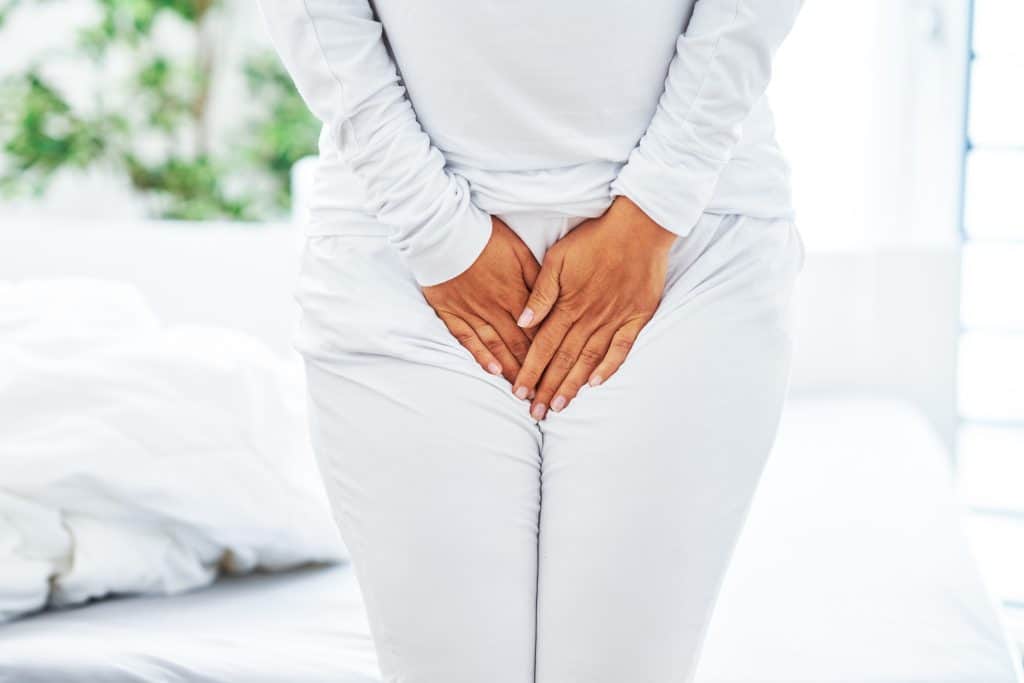Overactive Bladder
What is an what is Overactive Bladder?

Overactive bladder (OAB) is a common condition that affects millions of people worldwide. It is characterized by symptoms such as sudden and strong urges to urinate which may lead to accidental leakage of urine (called urgency incontinence). OAB can be a source of significant distress, embarrassment, and can negatively impact one’s quality of life.
Do you feel like you don’t have control of your bladder? It has control of you!
what causes Overactive Bladder?
- Age Although OAB can occur at any age, increasing age increases the odds of having OAB in both women and men
- Gender women are more likely to have overactive bladder than men
- Neurologic conditions some neurological conditions can affect how the bladder works, causing loss of control and frequency
- Diabetes can affect how the bladder works by damaging the nerves and unchecked sugar or glucose in the urine increase urine frequency
Treatment Options for Overactive Bladder
- 1. Medications: Several medications are available to treat OAB.. These medications help to calm the bladder and reduce its contractions, reducing the frequency and urgency of urination.
- 2. Pelvic Floor Muscle Exercises: Strengthening the pelvic floor muscles can help to improve bladder control
- 3.Bladder Training: Bladder training involves gradually increasing the time between bathroom visits, helping to retrain the bladder and improve bladder control.
- 4.Dietary modification: reducing the intake of liquids and foods that are known “triggers” of urgency and frequency (also referred to as bladder irritants) can help achieve better bladder control
- 5.Neurostimulation is an FDA-approved treatment option for overactive bladder (OAB) that uses electrical stimulation to improve bladder control and reduce the symptoms of OAB.
- InterStim® is a minimally invasive, outpatient surgical procedure that involves the implantation of a small device in your lower back that helps to regulate bladder urges and improve bladder control and emptying.
- eCoin ® is an FDA-approved device, the size of a small coin that is placed under the skin of the ankle. The device stimulates a nerve that can help control Overactive Bladder symptoms.
- 6. Bladder Botulinum Toxin botulinum toxin is FDA-approved for the treatment of Overactive Bladder that does not improve with medication. Injections of botulinum toxin into the bladder muscle help to relax the bladder muscle and significantly decrease urgency, frequency, and urge incontinence. The procedure is done awake with local numbing jelly & local anesthesia. A small camera is placed through the opening of urethra (where you pee from) and in less than 5 minutes the procedure is complete!
It is important to note that the best treatment option for OAB will depend on the individual and the underlying cause of their condition. Let Overactive Bladder and urine incontinence expert in Chicago, Dr. Fenwa Milhouse help you gain control of your bladder. Dr. Milhouse has been helping countless women and men who suffer with overactive bladder achieve better control for several years in Chicagoland. She is fellowship-trained in advanced therapy options for OAB and urinary incontinence.
Schedule a consultation at Down There Urology today.
